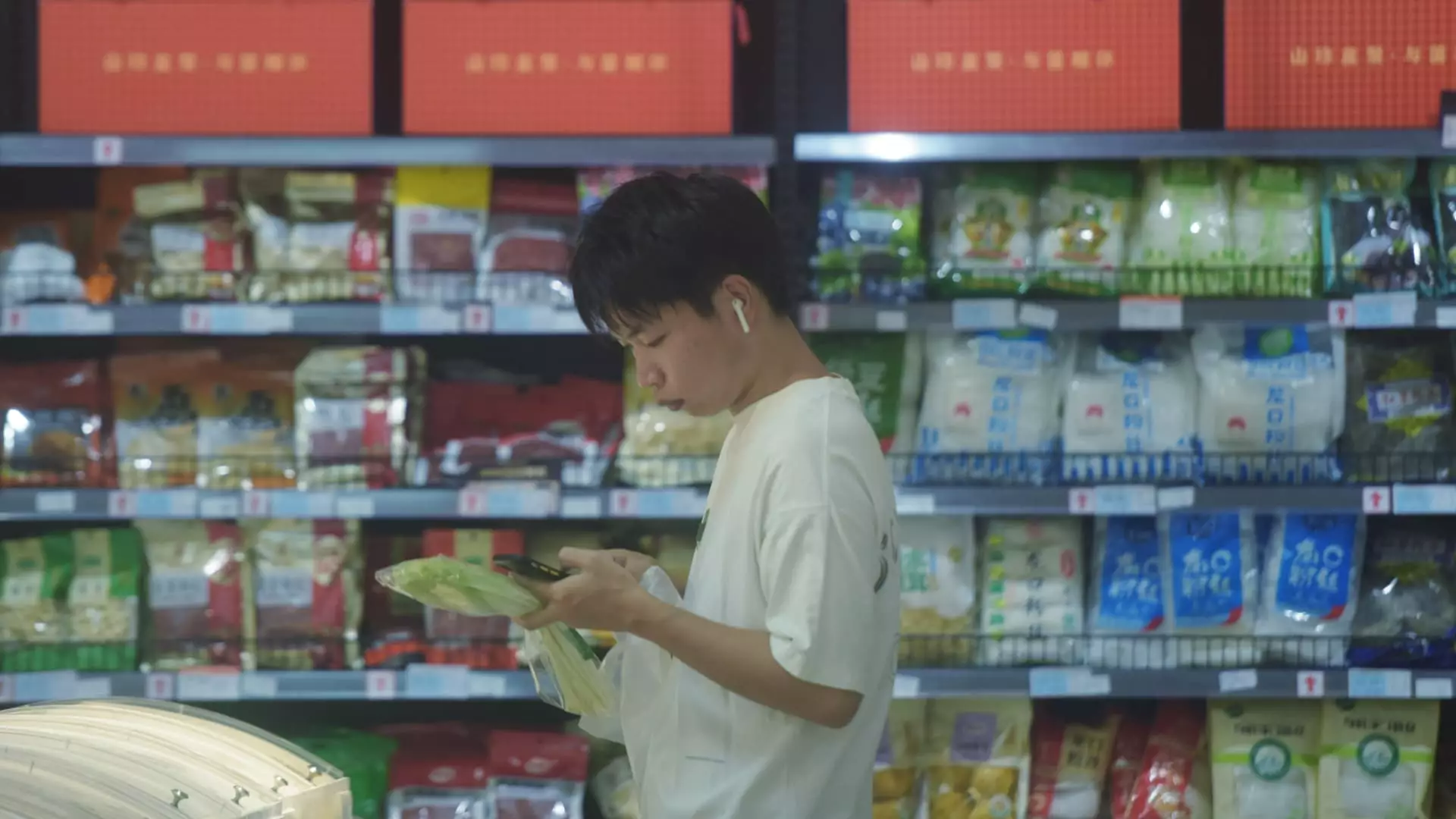Recent statistics released by China’s National Bureau of Statistics reveal troubling trends in the country’s economic performance during August. Retail sales evidenced a lackluster growth of merely 2.1% year-on-year, underperforming relative to expectations of 2.5% growth as predicted by economists. This figure not only marked a decline from the preceding month, where sales grew by 2.7%, but also signified a broader concern regarding consumer spending amidst an economic climate fraught with uncertainty.
Similarly, industrial production—an essential barometer of economic vitality—showed a 4.5% rise, falling short of the anticipated 4.8% increase. This dip from July’s 5.1% growth rate raises an alarm regarding the manufacturing sector’s continued robustness, especially as external pressures seem to weigh down progress.
Investment Strains and Rising Unemployment
In terms of fixed asset investment, the figure showed a year-to-date increase of 3.4%, slightly below the prediction of 3.5%. Specifically, investment patterns indicate a distinct slowdown in key areas such as infrastructure and manufacturing, suggesting a potential stagnation in these sectors. Compounding this issue is the persistent decline in real estate investment, which remained unchanged at a 10.2% decline—a stark reflection of an ongoing housing market crisis.
The unemployment landscape in China is equally unsettling. The urban unemployment rate rose to 5.3% in August, inching upwards from the previous month’s figure of 5.2%. Liu Aihua, a spokesperson for the National Bureau of Statistics, connected this uptick to seasonal graduation trends, yet she acknowledged that ensuring stable employment requires a more proactive approach. The youth unemployment rate has emerged as a critical area of concern, with figures pointing to a staggering 17.1% in July, underscoring the serious economic hurdles faced by younger demographics entering the workforce.
Broader Economic Context and Future Challenges
The National Bureau of Statistics has emphasized the increasing challenges posed by external economic changes, juxtaposing these hurdles against China’s ambitions for sustained recovery. Despite the government’s recognition of these factors, significant large-scale stimulus measures have yet to materialize in response to the sluggish domestic demand. Notably, accompanying data reveal that imports only rose by 0.5% year-on-year in August, falling short of expectations and signaling weakened consumer confidence. Conversely, a surprising uptick in exports (8.7%) did manage to exceed forecasts, yet it remains unclear how long this growth can be sustained.
The consumer price index for August, another critical indicator, showed only a modest increase of 0.6% from the previous year, indicating that inflationary pressures may not be the immediate concern; rather, the focus should shift toward invigorating consumption and enhancing overall economic momentum.
As China prepares for the Mid-Autumn Festival, the state of its economy presents a mixed bag of caution and potential. Policymakers must navigate these complexities with a balanced approach, keenly aware of the challenges that lie ahead. With ongoing uncertainties surrounding international trade and domestic demand, the path to recovery may not be straightforward but will require decisive action and strategic planning to ensure sustainable growth moving forward.

